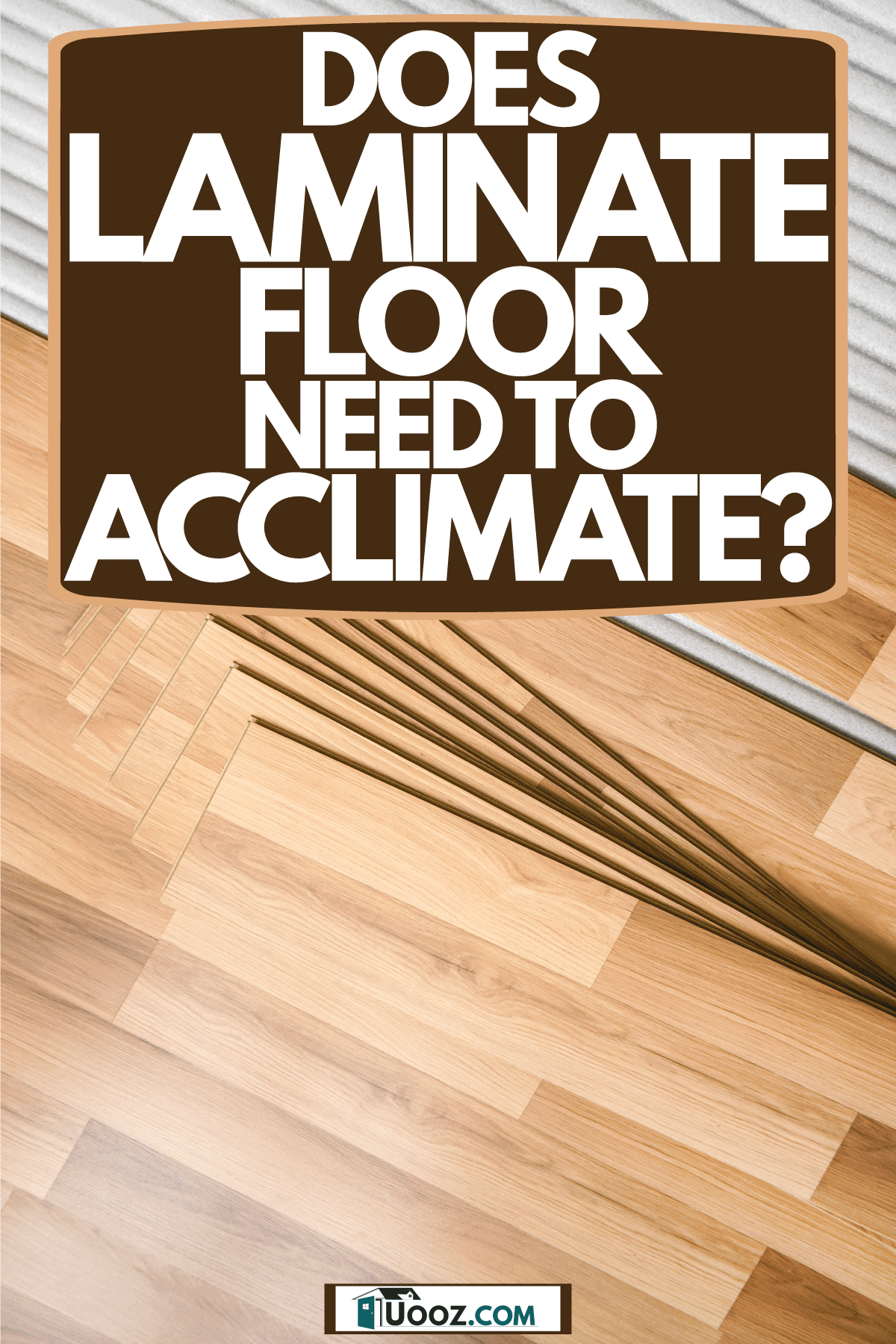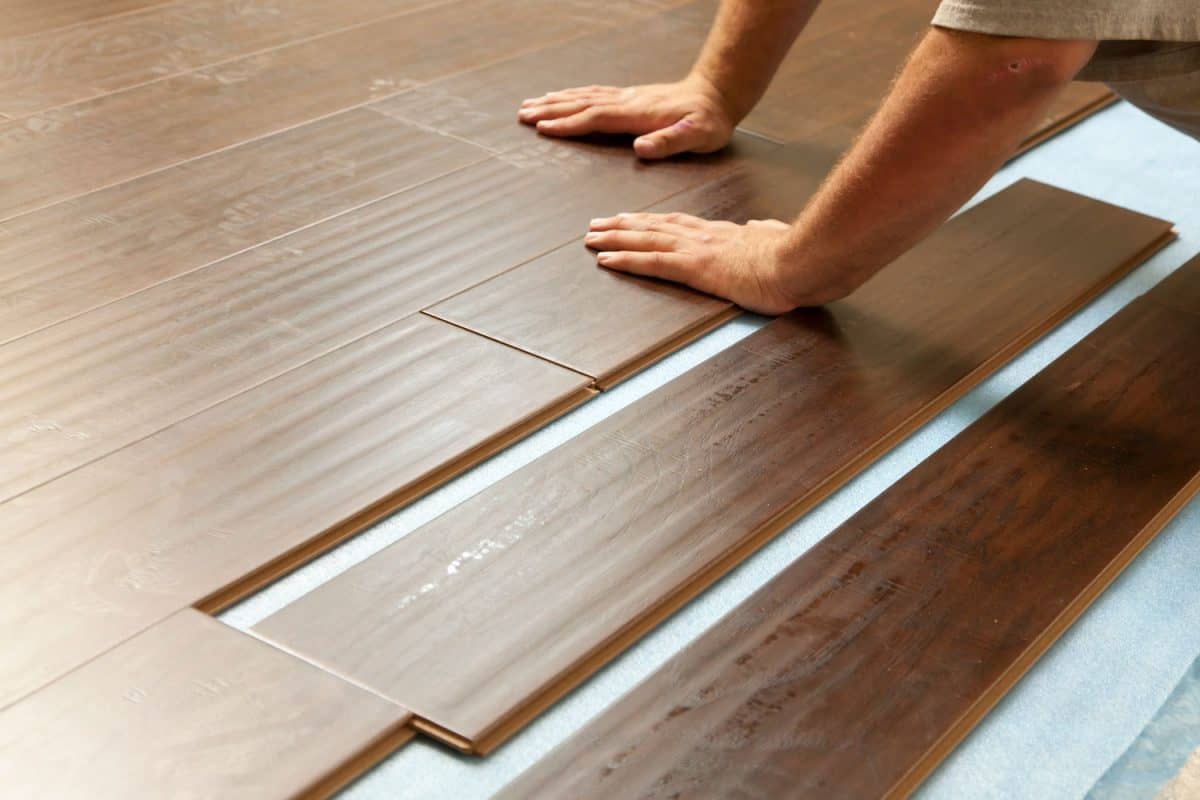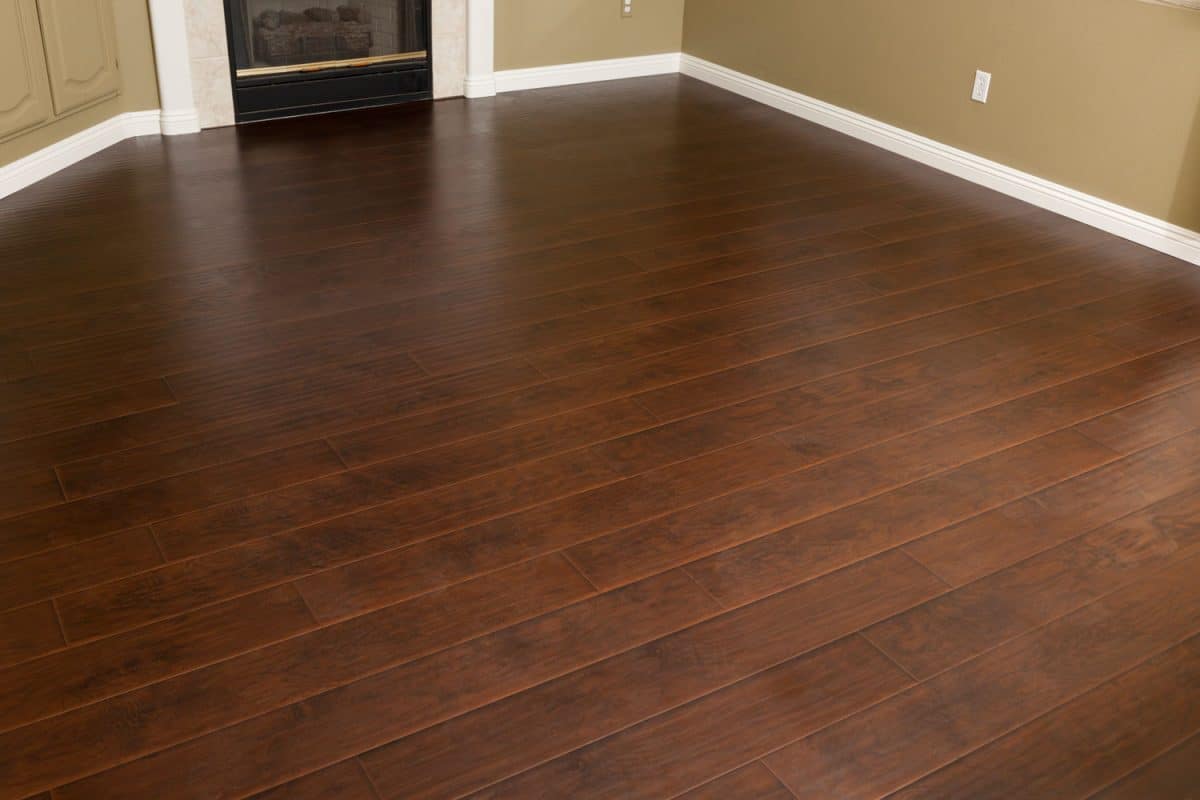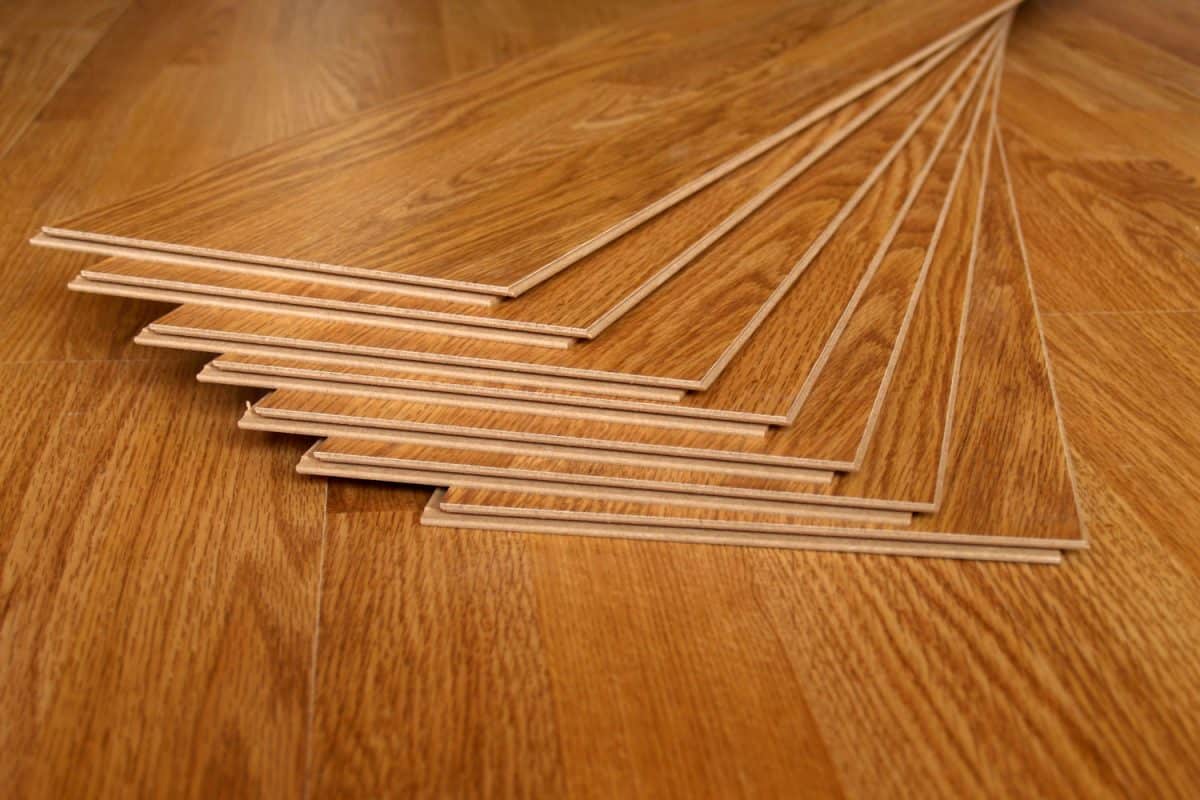Laminate flooring makes an attractive durable alternative to more traditional hard floors like hardwood or tile. Which is not even to mention the lower accompanying price tag. Great for either new construction or remodels, you may be wondering if laminate flooring needs to acclimate before installation. In this post, we gather up-to-date research to provide a thorough answer to your question.
Yes, laminate flooring needs to acclimate to the room's temperature and humidity before installation. While manufactures' recommendations vary slightly, it is generally best to let the flooring acclimate for at least 48 hours before installation. Skipping this step can lead to warping and/or gaps in the finished installed product.
Keep reading the rest of this post for additional details on why it is important to let laminate flooring acclimate and how to make sure you perform the process correctly. We also answer several questions related to the topic of this post.

The basics of laminate flooring
As the name implies, laminate flooring is several layers of material laminated together. Through this process, a much cheaper product can produce the look, and even feel, of wood or stone. Generally speaking, laminate flooring is made of four layers of material. A paper backing layer, a fiberboard core, a decorative paper layer, and a waterproof lightproof layer of clear finish.

Laminate flooring is scratch-resistant, stain-resistant, and impact resistance. The degree of durability depends on construction and thickness. Thickness usually ranges from 6mm to 12mm. Contrary to popular belief, laminate flooring is not made of plastic.
Why acclimate laminate flooring?
It is necessary to acclimate laminate flooring because of the fiberboard layer which makes up the core of the material. Like all wood products, the fiberboard is porous and relatively pliable. This porosity and flexibility allow the laminate flooring to interact with local levels of humidity and temperature.
That is to say, when the fiberboard core is hot and/or humid, it expands, and when it is cold and/or dry, it contracts. For instance, high local humidity will essentially soak into the board and swell it. On the other hand, if the board came from higher humidity and is moved to lower humidity, it will shrink as the old humidity level evaporates away.
In the same way, hotter temperatures will cause the material in your laminate flooring to expand while colder temperatures will cause your laminate flooring to contract or shrink. Sometimes, laminate flooring is manufactured in one climate, stored in another, and finally installed in a third temperature/humidity level mix.
The changing environments pose a problem to the consistent installation of your laminate flooring. Take note, the flooring is designed to be flexible with changes in temperature and humidity, so it is appropriate to install laminate flooring in almost all environments. However, because of the solid construction of laminate flooring, it does take significant time for the flooring to fully acclimate.
How long does it take to acclimate laminate flooring?
Generally, it is best to acclimate laminate flooring for 48-hours before installation. This gives the flooring time to fully adjust to the final temperature and humidity. Not waiting this long can lead to unfortunate hard-to-fix consequences.
It might be tempting to shorten the acclimatization period. This is especially true if you know the temperature and humidity of where the laminate flooring was stored and/or manufactured. However, it is impossible to know the conditions experienced by the flooring during transport, and if the flooring has fully adjusted to any one condition.

It is always easier to wait for 48-hours on the front end than to redo and/or replace un-acclimated laminate flooring after installation. For very humid places or very dry places, it might be wise to extend the acclimatization period to 72-hours. Ask the flooring specialists where you purchase the flooring for their advice.
What happens if I don't acclimate laminate flooring before installation?
If you do not acclimate your laminate flooring, it will simply keep adjusting to local temperature and humidity once it is installed. This might not sound like a big deal until gaps or warps start appearing in your originally perfect-looking floor.

Fixing this issue is not easy either. Sometimes, you might only have to replace a few tiles or laminate flooring runs. Other times, you might be required to replace much larger swaths of flooring space. Be sure to do your research before performing demolition on laminate flooring.
How to acclimate laminate flooring?
In addition to waiting 48-hours to 72-hours, there are a few other considerations necessary when properly acclimating your laminate flooring. Namely, you want to acclimate the flooring in final home conditions, not in the conditions present in your under-construction home. Accomplishing this might require installing your flooring after the home's HVAC system is installed and functioning.
Usually, homes are kept between 64-74 degrees Fahrenheit with a relative humidity of 40% to 50%. Take steps to ensure that your laminate flooring acclimates to this climate and you will not have to worry about unexpected flooring shifts after installation.
For concrete subfloor, it is important to wait 90 days to let the concrete fully cure before acclimating laminate flooring on top of the concrete. This is because the concrete will continue to release leftover moisture for that entire time, moisture which will interfere with the acclimatization process.
Similar to the consideration regarding concrete, is a consideration for freshly painted or plastered rooms. These construction materials release moisture as they cure or dry. However, it is advised that you only need to wait a minimum of seven days before acclimating laminate flooring in a newly painted or plastered room.
Can you stack laminate flooring to acclimate?
It is okay to stack your laminate flooring while it is acclimating. Even while stacked, the humidity and temperature will penetrate the material. However, do not acclimate the laminate flooring while it is out of level since this can cause warping.
How soon can you walk on a laminate floor after installation?
Experts recommend that you wait for at least 24-hours post-installation before you start to walk on the newly installed laminate floor. This curing period is necessary to ensure that the laminate flooring settles into place and does not warp down the road.
Does temperature affect laminate flooring?
Yes, temperature affects laminate flooring throughout the lifetime of the flooring material. The details of this are included in the above post. Essentially, laminate flooring expands with hot temperature and contracts with cold temperature.
In Closing
Despite the hassle of acclimatization, laminate flooring is a great flooring choice that has recently gained popularity. If you want to learn more about laminate flooring, check out these great articles:
Is Wood Laminate Flooring Real Wood? Here’s What You Need To Know
